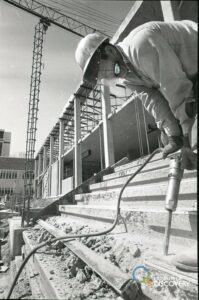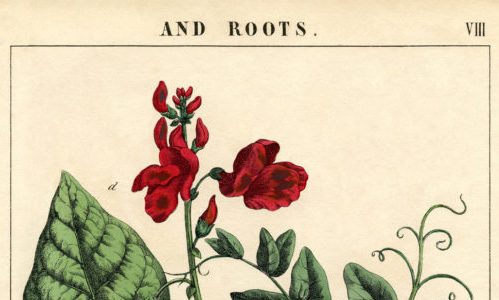According to Evadene Swanson, “Lindenmeier’s ‘Board of Trade’ on College near the Opera House had a bowling alley in 1880” (Fort Collins Yesterdays, page 136). Does that surprise you? It surprised me! By the late 1800s, prosperous cities in the USA were installing regulation-size bowling lanes, often subsidized by churches, YMCAs, firehouses, and fraternal organizations. I dug up a few Fort Collins bowling photos to share with you – none are from the 1880s, but I hope you enjoy them nonetheless.
Though undated, this shot is clearly from an era when bowlers had serious sartorial standards: Behold the Bowling League Champs – BPOE Elks Fraternal Organization, Fort Collins.
This shot from circa 1928 shows the 100 block of North College Avenue (looking south). In addition to the Collins Cafe, Sugar Bowl, and Marshall Cafeteria, the Bowling sign is clearly visible in the photo.
This 1950s-ish image of the Hutchison Pharmacy ladies bowling team (Fort Collins) highlights the pharmacy’s advertising as well as the women’s splendid hairstyles.
The Colorado State Bowling Tournament in 1960 was held in Fort Collins, Colorado. Identified here are, left to right: Ray Carpenter, D. Weigand, Doc Carroll, Floyd Headlee, and taller-than-average-fella “unknown.”
And last but not least, here are two cool cats from 1969.
Here’s the caption from the May 12, 1969 Coloradoan: “State Doubles Champs: Jack Hall, 16, of 1030 Akin Street and Margee Deering, 14, of 120 Tedmon Drive teamed together to knock down 1,278 pins and win the 1969 Colorado Junior Mixed Doubles championship. The two were among more than 100 Fort Collins junior bowlers honored Sunday night during the annual Youth Bowling Association awards banquet.”
Continue Reading
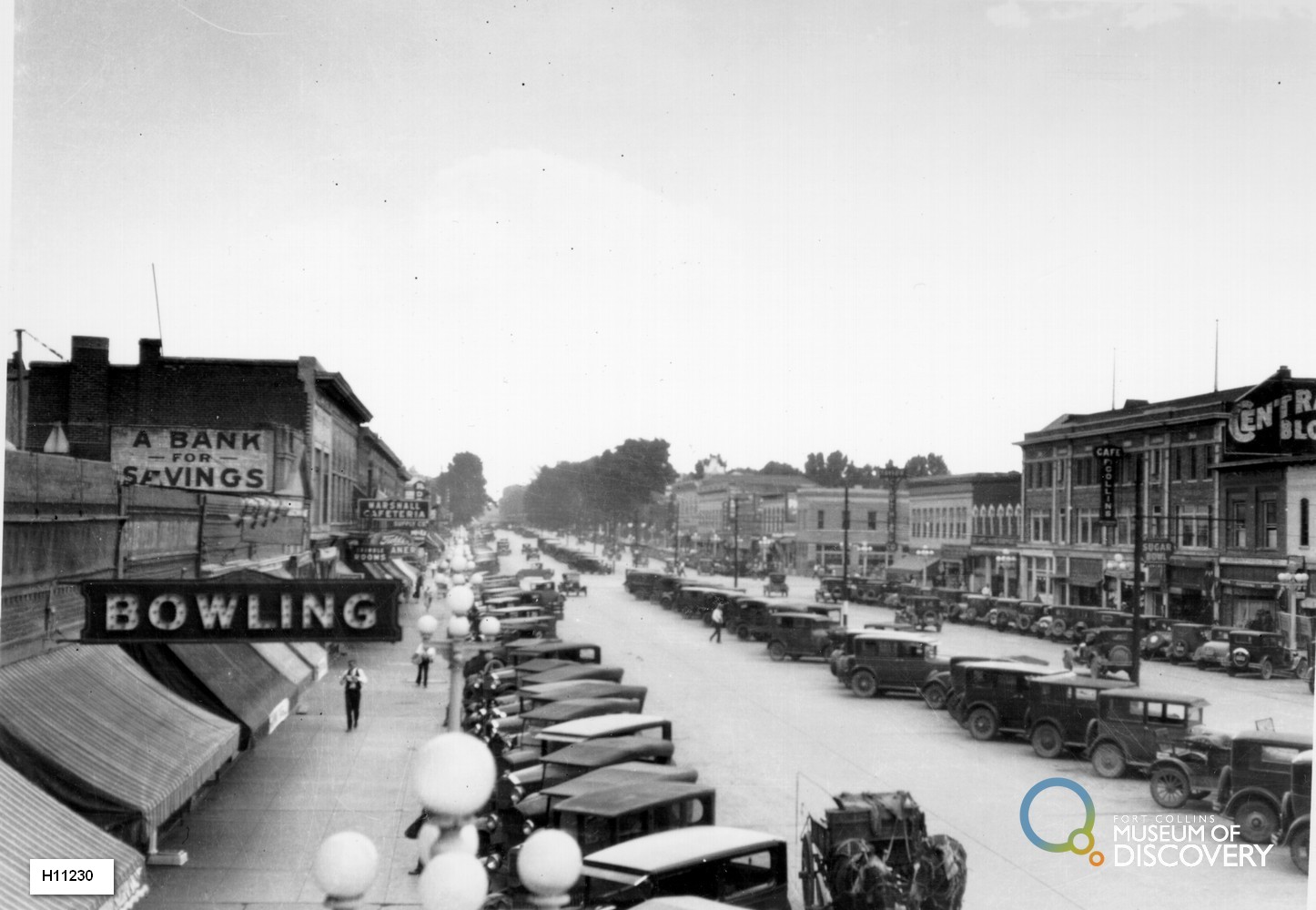

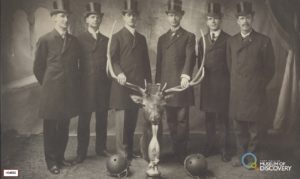





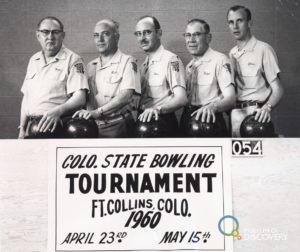

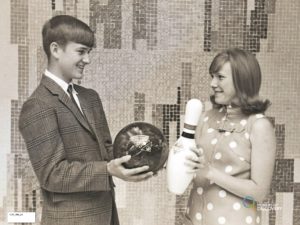
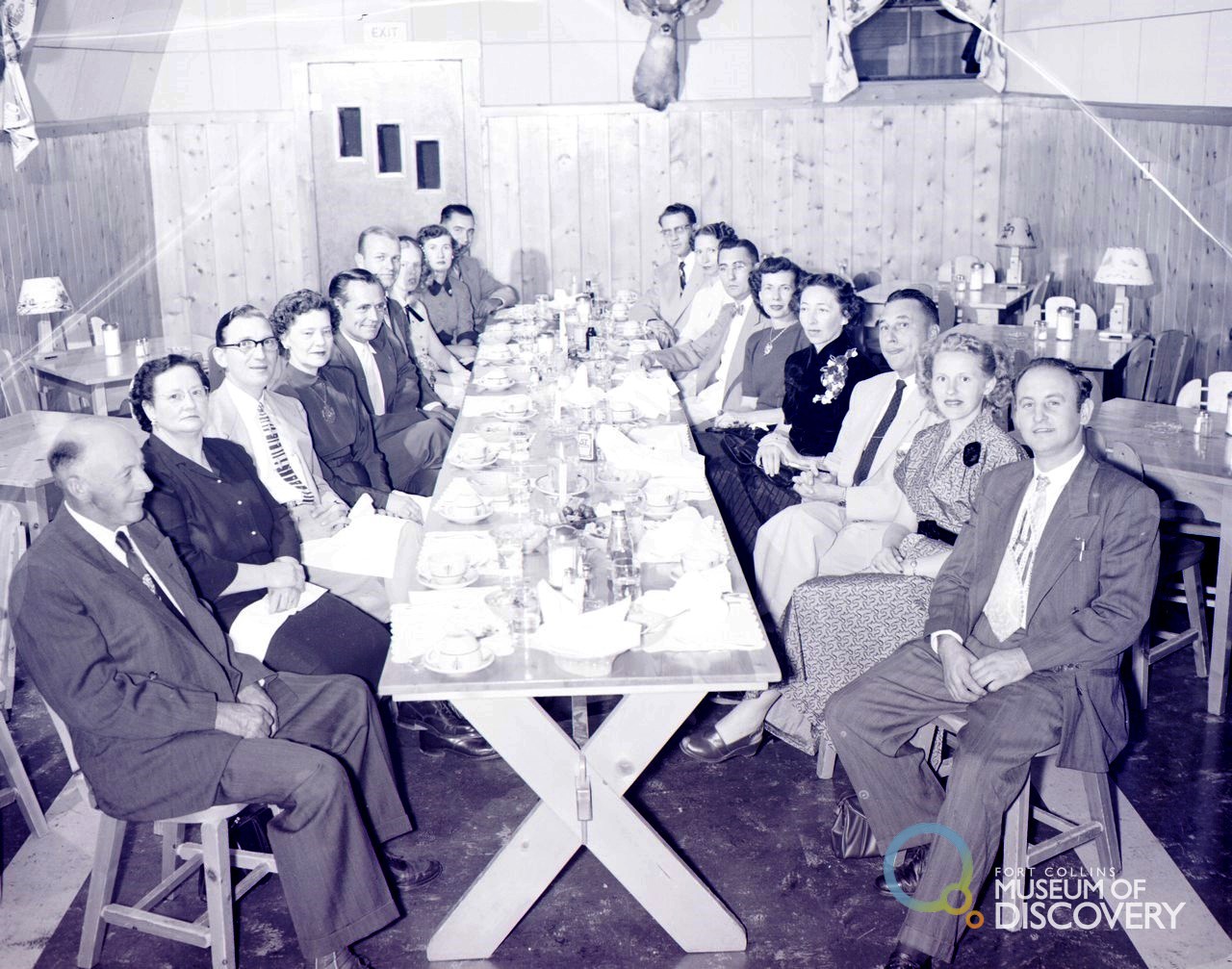


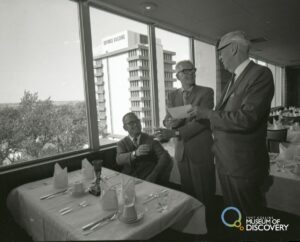



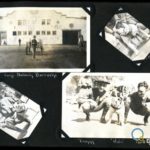



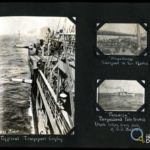


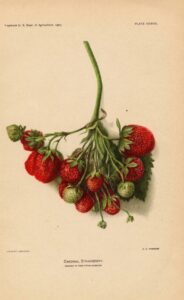

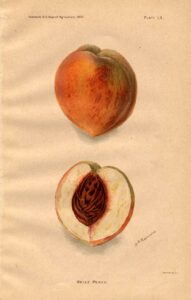


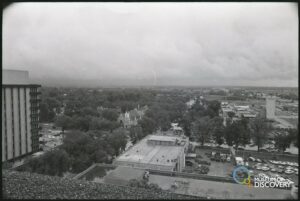

 and
and 